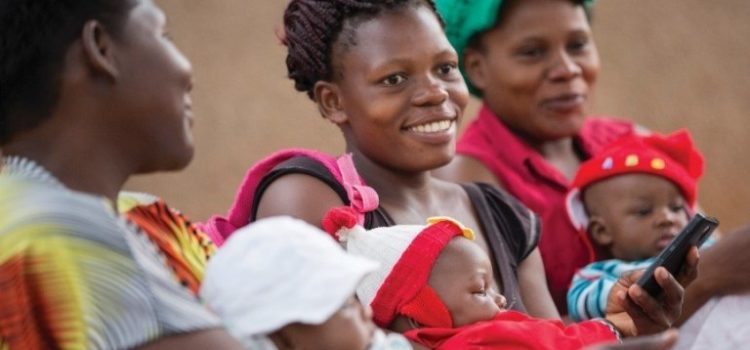This blog post was originally posted on April 5, 2019 at Commonwealthfund.org. Recent research attributes the majority of health care spending to a small number of individuals, sometimes described as “high-need, high-cost” — the 5 percent of the population who
Adapting Promising Innovations to Meet the Needs of High-Need, High-Cost Populations




